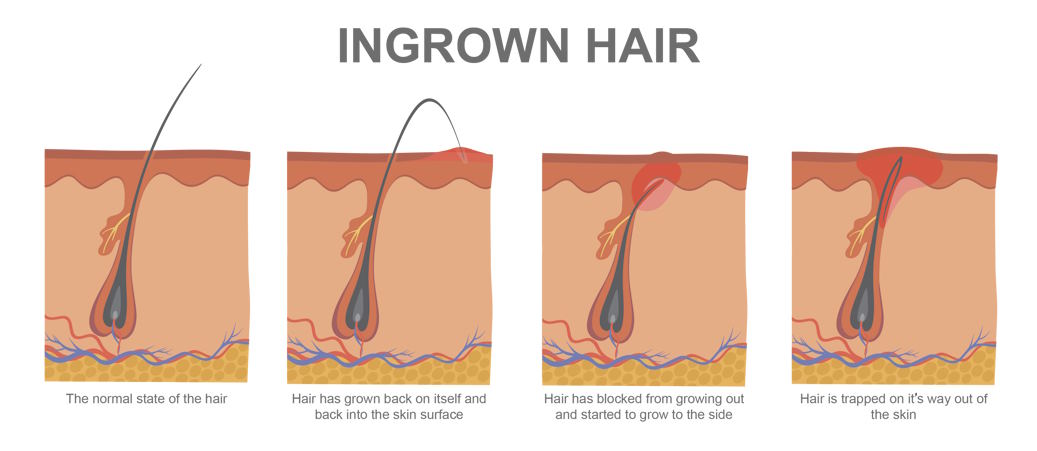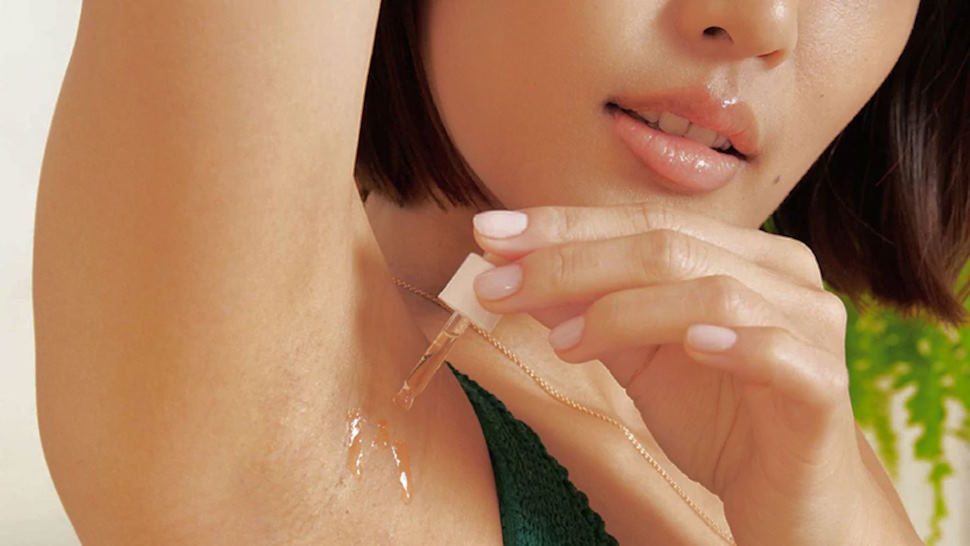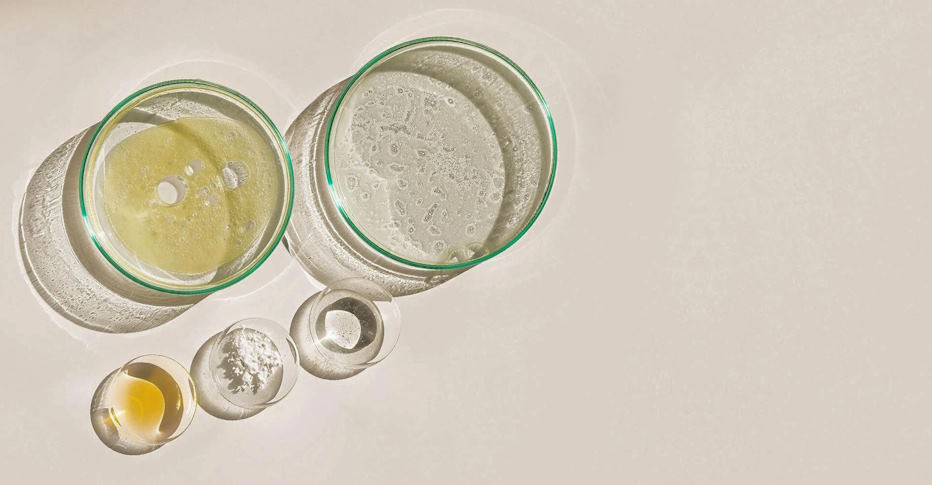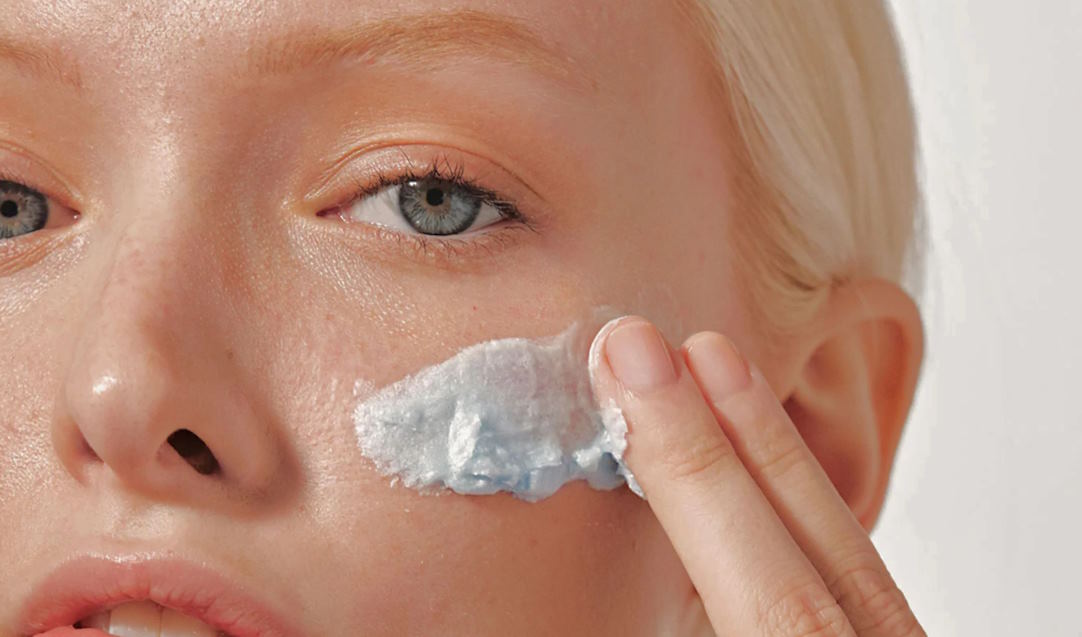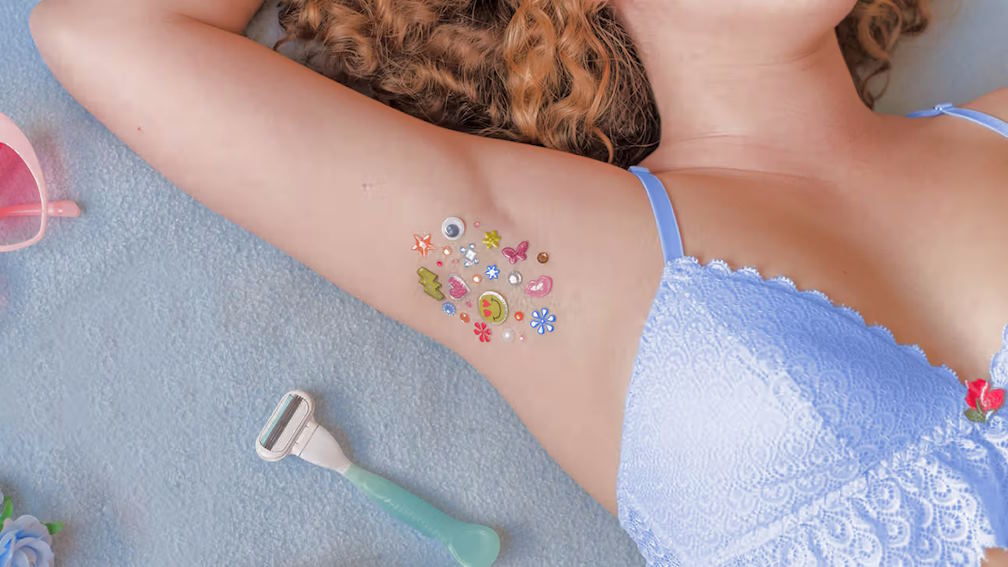
Whether you shave, wax, or use other hair removal methods, the risk of encountering ingrown hairs looms for many. These stubborn little nuisances can mar otherwise flawless skin, causing discomfort and self-consciousness. Fortunately, with the right knowledge and techniques, you can significantly reduce the likelihood of ingrown hairs and manage them effectively when they occur.
Tips for Prevention
When it comes to preventing ingrown hairs, adopting proper grooming techniques is paramount. Here are some tips to keep those pesky bumps at bay:
Proper Shaving Techniques
- Use of sharp, clean razors: Dull blades can lead to uneven cuts and increase the likelihood of ingrown hairs. Make sure to use a sharp, clean razor every time you shave to minimize irritation and achieve a smooth finish.
- Shaving in the direction of hair growth: Shaving against the grain may provide a closer shave, but it also raises the risk of ingrown hairs. Instead, shave in the direction of hair growth to reduce friction and minimize the chances of hairs curling back into the skin.
- Avoiding too close of a shave: While a baby-smooth shave may seem appealing, it can actually promote ingrown hairs by cutting the hair below the skin’s surface. Aim for a gentle shave that leaves a slight stubble to prevent hairs from becoming trapped.
Exfoliation
- Benefits of exfoliating the skin: Regular exfoliation helps remove dead skin cells that can clog hair follicles and contribute to ingrown hairs. By sloughing off these cells, you can promote healthier skin and reduce the risk of hairs getting trapped beneath the surface.
- Recommended exfoliation methods and products: Opt for gentle exfoliants, such as scrubs or chemical exfoliants containing ingredients like salicylic acid or glycolic acid. Be cautious not to over-exfoliate, as this can irritate the skin and exacerbate ingrown hairs.
Moisturizing
- Importance of keeping the skin hydrated: Moisturized skin is less prone to irritation and inflammation, making it less likely for ingrown hairs to develop. Incorporate a hydrating moisturizer into your daily skincare routine to keep your skin soft and supple.
- Suitable moisturizers for preventing ingrown hairs: Look for moisturizers that are non-comedogenic and free of fragrances or harsh ingredients that could irritate the skin. Opt for lightweight, oil-free formulas that won’t clog pores and interfere with hair growth.
Hair Removal Alternatives
- Consideration of alternatives like waxing or depilatory creams: If shaving consistently leads to ingrown hairs, consider exploring alternative hair removal methods such as waxing or depilatory creams. These options remove hair from the root, reducing the likelihood of hairs becoming trapped beneath the skin’s surface.
Treatment Options
Dealing with ingrown hairs can be frustrating, but there are effective treatment options available to alleviate discomfort and promote healing. Here are some approaches to consider:
Warm Compress
- How heat can help alleviate ingrown hairs: Applying a warm compress to the affected area can help soften the skin, open up the pores, and encourage the ingrown hair to surface. Heat also reduces inflammation and soothes discomfort associated with ingrown hairs.
- Proper technique for applying warm compresses: Soak a clean cloth in warm water and gently apply it to the affected area for 5-10 minutes. Repeat this process several times a day to help the ingrown hair release from the skin.
Gentle Exfoliation
- Use of mild exfoliants to remove dead skin cells: Gentle exfoliation can help remove dead skin cells that may be trapping the ingrown hair. Opt for mild exfoliants containing ingredients like salicylic acid or glycolic acid to promote skin renewal without causing irritation.
- Caution against over-exfoliation: While exfoliation is beneficial, overdoing it can irritate the skin and exacerbate ingrown hairs. Limit exfoliation to 2-3 times a week and avoid scrubbing too vigorously to prevent further irritation.
Topical Treatments
- Overview of over-the-counter creams and serums: There are numerous over-the-counter creams and serums specifically formulated to target ingrown hairs. These products often contain ingredients like alpha hydroxy acids or retinoids, which help exfoliate the skin and promote hair follicle health.
- Ingredients to look for in ingrown hair treatments: When selecting topical treatments, look for ingredients like tea tree oil, witch hazel, and aloe vera, known for their anti-inflammatory and soothing properties. These ingredients can help reduce redness and irritation associated with ingrown hairs.
Seeking Professional Help
- When to consult a dermatologist or healthcare provider: If ingrown hairs are persistent or causing severe discomfort, it may be time to seek professional help. A dermatologist or healthcare provider can assess the situation and recommend appropriate treatment options.
- Potential medical treatments for severe cases: In severe cases, medical treatments such as corticosteroid injections, laser hair removal, or surgical extraction may be necessary to address ingrown hairs effectively. These interventions should only be performed by qualified professionals to minimize risks and ensure optimal outcomes.

